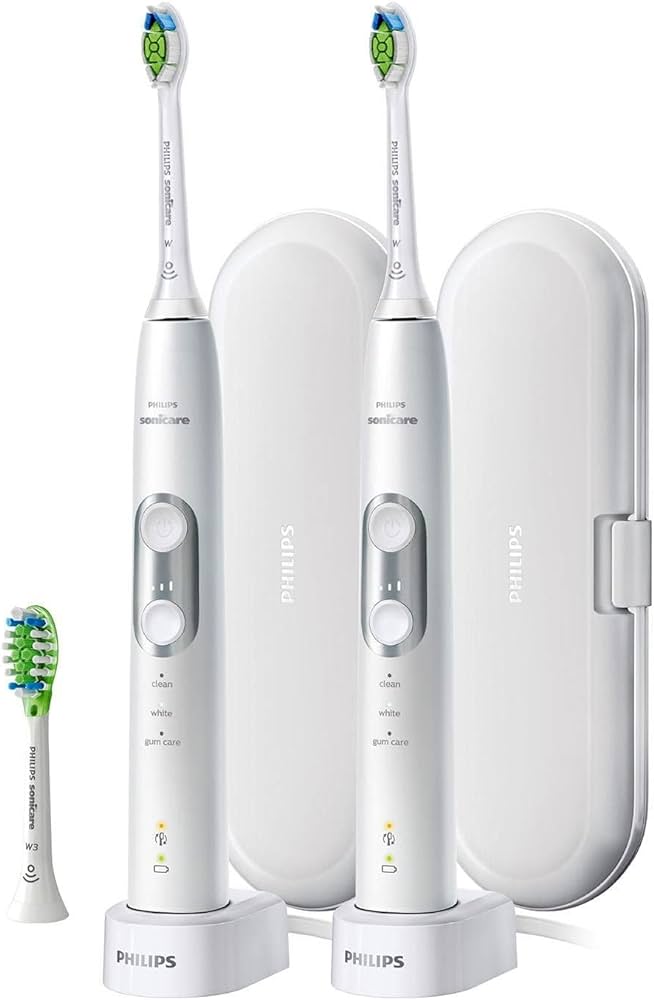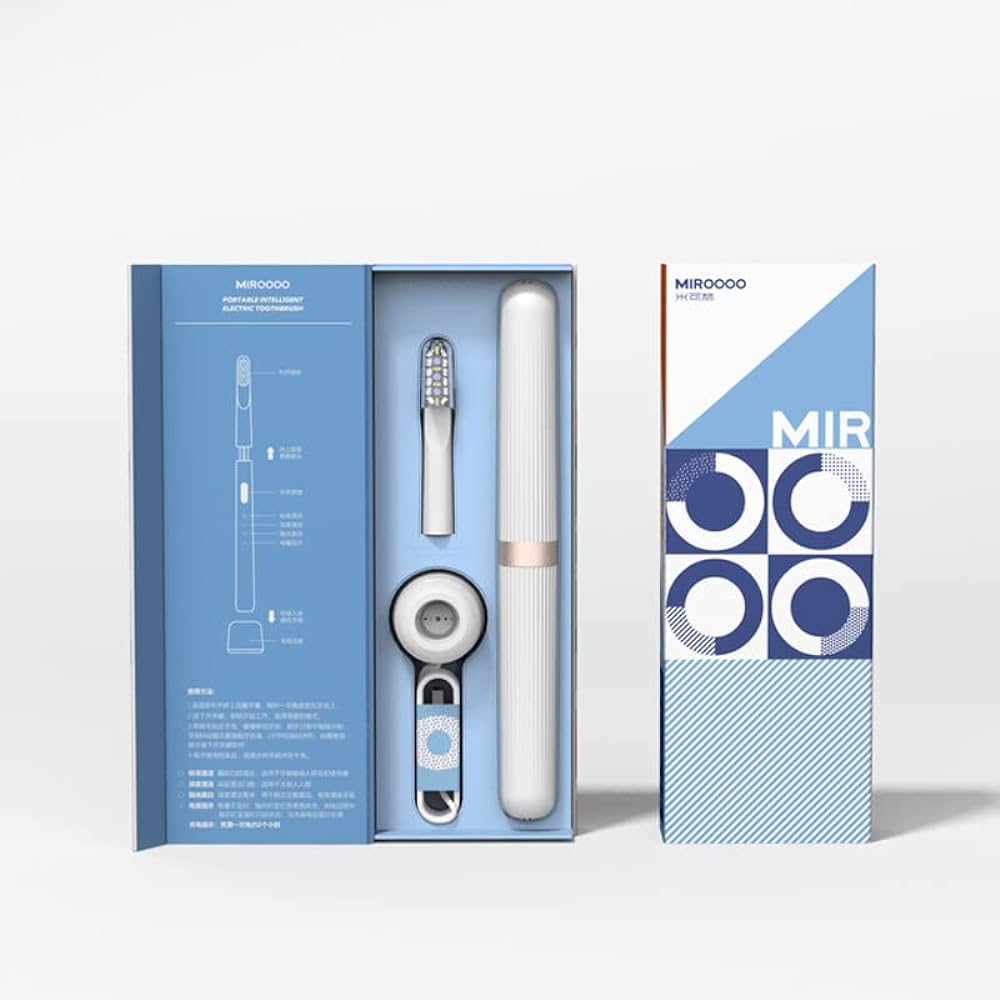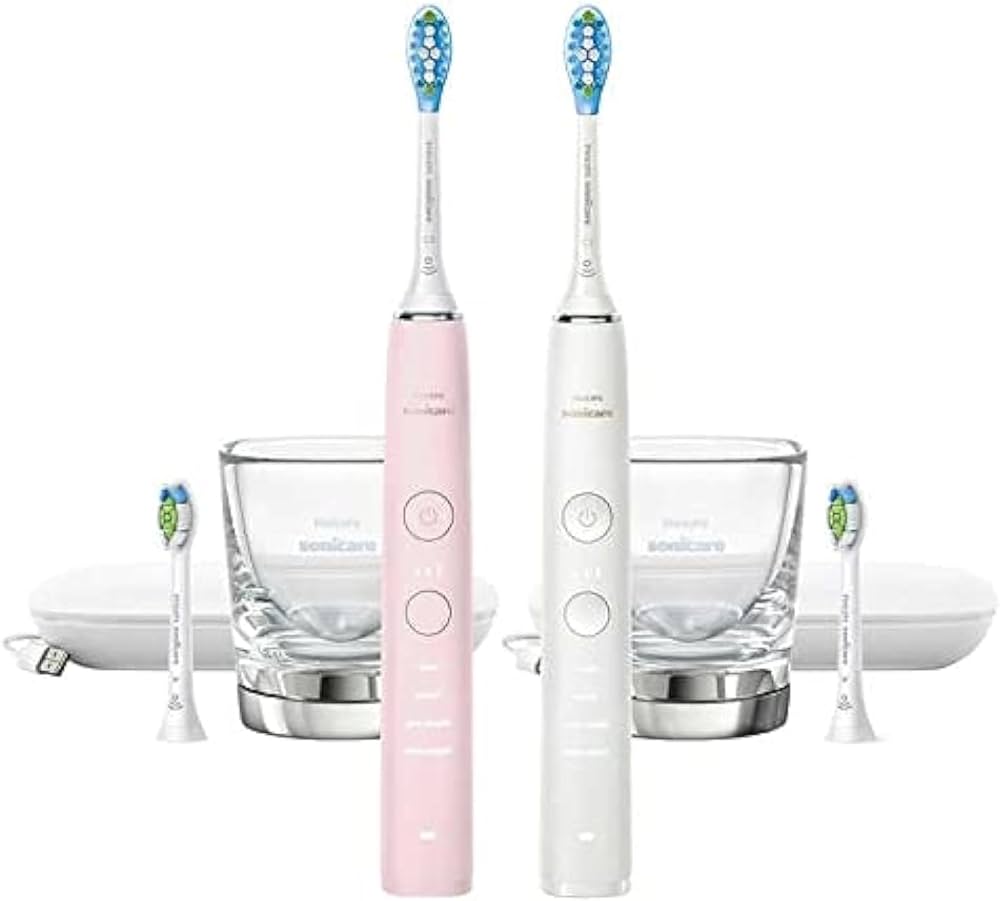Introduction
Maintaining proper hygiene of your electric toothbrush is essential for optimal oral health. While many people consider soaking their toothbrushes in vinegar as a natural cleaning method, it is important to understand the potential implications and effectiveness of this practice. In this article, we will explore whether soaking an electric toothbrush in vinegar is a suitable method for disinfection, including its potential benefits, considerations, and alternative cleaning methods.

Can I soak my electric toothbrush in vinegar?
Vinegar as a cleaning agent
Vinegar, specifically white vinegar, is a common household cleaning agent due to its acidic properties. It is often used as a natural alternative to commercial cleaning products. The acidic nature of vinegar allows it to break down and remove certain types of buildup or residue.
Potential benefits of soaking in vinegar
Soaking an electric toothbrush in vinegar may provide several potential benefits:
Bacterial elimination: Vinegar’s acidic properties can help kill certain types of bacteria that may accumulate on the toothbrush bristles. This can contribute to a cleaner and more hygienic toothbrush.
Odor reduction: Vinegar can help eliminate unpleasant odors that may develop on the toothbrush over time. This can leave the toothbrush feeling fresh and clean for the next use.
Natural cleaning alternative: Some individuals prefer using natural cleaning methods rather than commercial cleaning products. Soaking the toothbrush in vinegar provides a natural alternative for disinfection.

Considerations and potential drawbacks
While soaking an electric toothbrush in vinegar may offer potential benefits, it is important to consider the following considerations and potential drawbacks:
Effectiveness against all microorganisms: Vinegar’s effectiveness as a disinfectant is limited to certain types of bacteria. It may not be as effective against other microorganisms such as viruses or fungi. If your goal is to eliminate a wider range of microorganisms, alternative disinfection methods may be more suitable.
Vinegar smell and taste: Vinegar has a distinct smell and taste that can be unpleasant to some individuals. If the vinegar smell or taste lingers on the toothbrush after soaking, it may be off-putting during brushing.
Potential for bristle damage: Prolonged exposure to vinegar can potentially damage the bristles of the toothbrush. The acidity of vinegar may cause the bristles to become frayed or lose their effectiveness in cleaning the teeth and gums.
Residue and rinsing: After soaking the toothbrush in vinegar, it is crucial to thoroughly rinse the toothbrush head to remove any vinegar residue. Failing to do so may result in an unpleasant taste or odor during brushing.
Alternative cleaning methods: If soaking your electric toothbrush in vinegar is not suitable or preferable, there are alternative cleaning methods to consider.

Alternative cleaning methods
If you prefer not to soak your electric toothbrush in vinegar, there are alternative cleaning methods that can effectively sanitize the toothbrush:
Rinse thoroughly: After each use, rinse the toothbrush head thoroughly under running water to remove any remaining toothpaste or debris. This simple step can help maintain cleanliness and reduce the risk of bacterial buildup.
UV sanitizers: UV sanitizers specifically designed for electric toothbrushes use ultraviolet light to kill bacteria and other microorganisms. These devices can be an effective alternative to vinegar soaking, providing a convenient and safe method of disinfection.
Hydrogen peroxide solution: Soaking the toothbrush head in a hydrogen peroxide solution can help eliminate bacteria and sanitize the bristles. Ensure you thoroughly rinse the toothbrush head after soaking to remove any residual solution.
Dishwasher cleaning: Some electric toothbrush heads are dishwasher-safe and can be safely cleaned in the dishwasher. However, it is important to check the manufacturer’s instructions before attempting this method.
Regular replacement: It is recommended to replace the toothbrush head every three to four months, or sooner if the bristles become frayed or worn. Regular replacement helps maintain optimal oral hygiene and reduces the need for extensive cleaning methods.

Safety precautions
If you choose to soak your electric toothbrush in vinegar, it is important to take appropriate safety precautions:
Dilute the vinegar: To minimize the potential for damage to the toothbrush bristles, dilute the vinegar with water before soaking. A ratio of one part vinegar to three parts water is commonly recommended.
Limit soaking time: Avoid prolonged soaking to reduce the risk of bristle damage. Soaking the toothbrush for 15-30 minutes should be sufficient for disinfection without causing significant harm.
Thoroughly rinse: After soaking, thoroughly rinse the toothbrush head with water to remove any residual vinegar. This step is crucial to prevent an unpleasant taste or smell during brushing.
Store properly: Store the toothbrush in an upright position and allow it to air dry completely before storing it in a closed container. Proper storage helps prevent the growth of bacteria or mold.
Proper cleaning and maintenance
Regardless of the cleaning method chosen, it is important to follow proper cleaning and maintenance practices for your electric toothbrush:
Rinse thoroughly after each use: After brushing, rinse the toothbrush head thoroughly under running water to remove any remaining toothpaste or debris. This helps prevent bacterial buildup and keeps the toothbrush clean.
Store in an upright position: Store your electric toothbrush in an upright position to allow it to air dry properly. This helps prevent moisture buildup, which can promote bacterial growth.
Replace brush heads regularly: It is recommended to replace the toothbrush head every three to four months, or sooner if the bristles become frayed or worn. This ensures optimal cleaning performance and reduces the risk of bacterial accumulation on worn-out bristles.
Keep the handle clean: Clean the handle of your electric toothbrush regularly using a damp cloth or mild soap and water. Avoid submerging the handle in water or using harsh cleaning agents that may damage the device.
Follow manufacturer’s instructions: Read and follow the manufacturer’s instructions for cleaning and maintenance specific to your electric toothbrush model. Different models may have varying recommendations, so it is important to adhere to the guidelines provided.

Conclusion
While soaking an electric toothbrush in vinegar may offer potential benefits such as bacterial elimination and odor reduction, it is important to consider the potential drawbacks and alternative cleaning methods available. Vinegar’s effectiveness may be limited to certain types of bacteria, and it may not be as effective against other microorganisms. Additionally, vinegar’s smell, potential for bristle damage, and residual effects should be taken into account. Alternative cleaning methods, such as thorough rinsing, UV sanitizers, hydrogen peroxide solution, dishwasher cleaning (if recommended by the manufacturer), and regular replacement of the toothbrush head, can also effectively clean and sanitize the toothbrush. Selecting a cleaning method that aligns with personal preferences, safety considerations, and manufacturer recommendations is crucial for maintaining optimal hygiene and prolonging the lifespan of the electric toothbrush.

